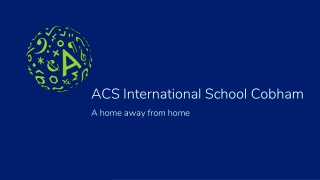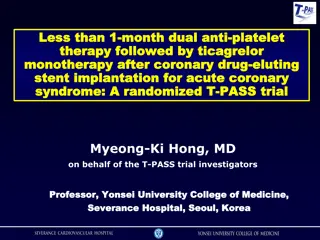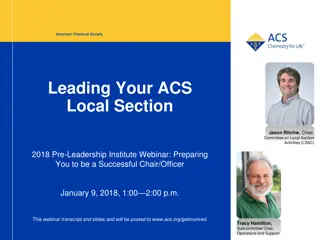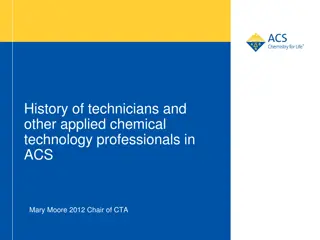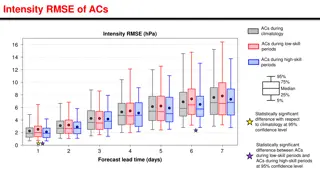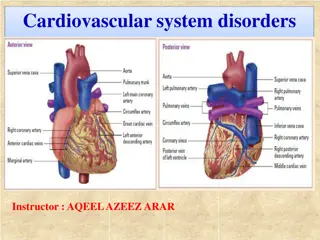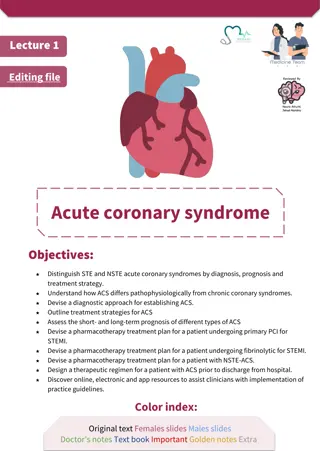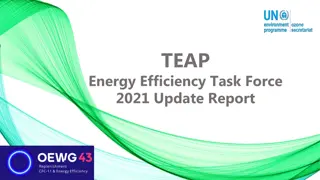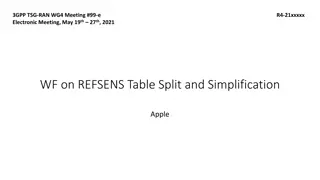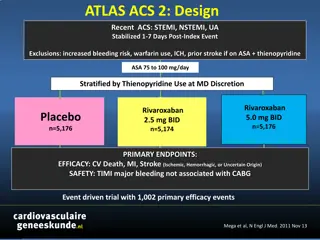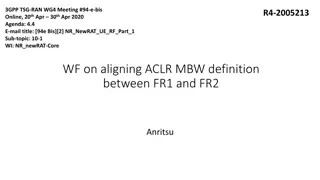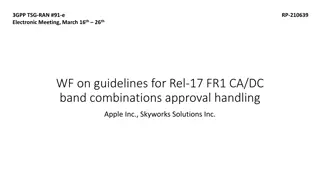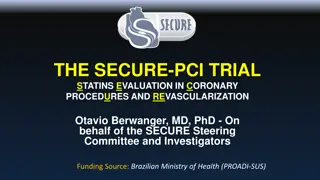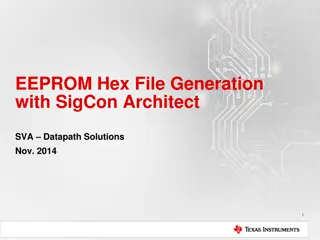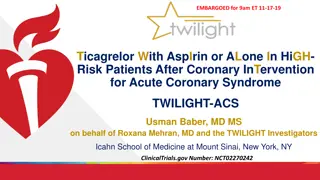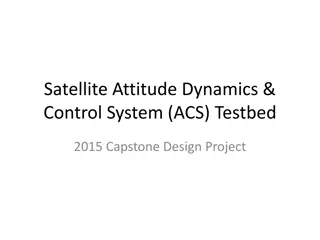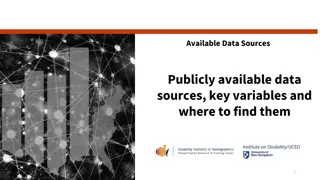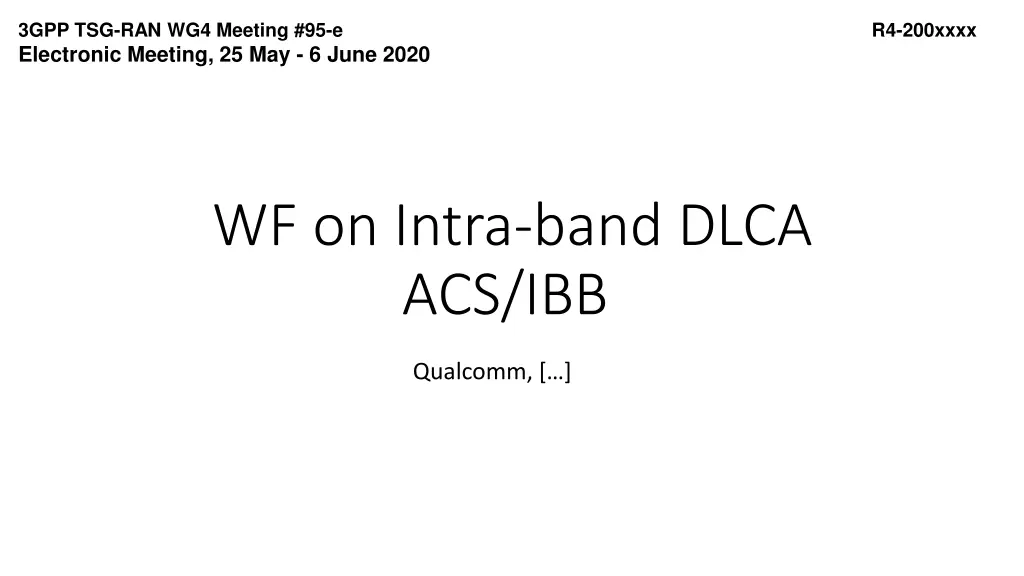
Intra-band DLCA ACS/IBB Specifications
Explore the discussion on Intra-band DLCA ACS/IBB specifications in 3GPP.TSG-RAN.WG4 Meeting #95-e, focusing on alignment challenges, cost implications, and proposals for regulatory modifications in Japan. Key points include harmonizing blocker bandwidth, addressing inconsistencies, and managing jammer bandwidth for different scenarios.
Download Presentation

Please find below an Image/Link to download the presentation.
The content on the website is provided AS IS for your information and personal use only. It may not be sold, licensed, or shared on other websites without obtaining consent from the author. If you encounter any issues during the download, it is possible that the publisher has removed the file from their server.
You are allowed to download the files provided on this website for personal or commercial use, subject to the condition that they are used lawfully. All files are the property of their respective owners.
The content on the website is provided AS IS for your information and personal use only. It may not be sold, licensed, or shared on other websites without obtaining consent from the author.
E N D
Presentation Transcript
3GPP TSG-RAN WG4 Meeting #95-e Electronic Meeting, 25 May - 6 June 2020 R4-200xxxx WF on Intra-band DLCA ACS/IBB Qualcomm, [ ]
Background NR-CA > 2.7GHz BW class C uses aggregated CA BW as the jammer BW for ACS/IBB specification [1] Japan regulatory specification requires aggregated CA BW for BW class C. [3] There is no alignment for CA ACS specs across BW class and technology For LTE, jammer BW is 5MHz or the minimum component carrier BW. For NR-CA < 2.7GHz, jammer BW is 5MHz or the minimum component carrier BW. For NR-CA >2.7GHz, jammer BW is the minimum component carrier BW for BW class B and BW class D. Lack of alignment can cause confusion for RAN5 and UE implementation due to inconsistency [2]. Test equipment and production costs increase for increase jammer BW due to higher signal generator sampling frequency requirement or multiple generators to emulate the jammer signal [2]. ACS2 wanted signal PSD is not equivalent across component carriers and equalizing PSD requires tightening UE specifications [2]. NS signalling was proposed [3] to introduce RX blocking requirement specifically for Japan and was not agreed due to reasons such as network operation impact and creating more inconsistency in the specification [4].
WF Send LS to Japan regulatory body to modify the blocker BW for NR- CA BW class C to be consistent with other NR-CA BW classes in TS38.101-1 and LTE BW classes in TS36.101. BW class D deployment in Japan will result in an inconsistency in Japan regulatory specification. Use jammer bandwidth of the minimum component carrier BW in the BW class Use a fixed 20MHz jammer bandwidth [ ]
Reference 1. TS38.101-1 V16.3 2. R4-2004462 RAN4#94Bis-e 3. R4-2008147 Qualcomm, RAN4#95-e 4. R4-2008308, e-meeting 1st round summary, RAN4#95-e FR1 Intra-band CA ACS IBB and WB IMD, Qualcomm, FR1 Intra-band CA ACS IBB and WB IMD,

